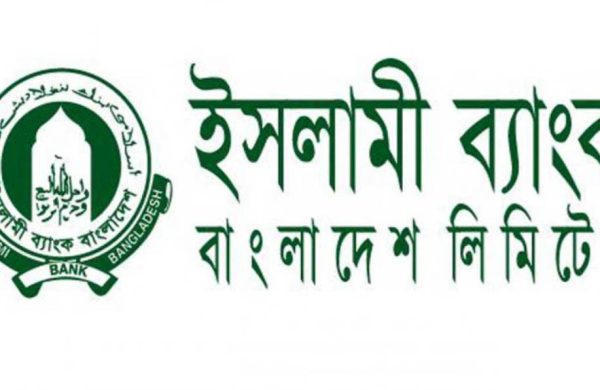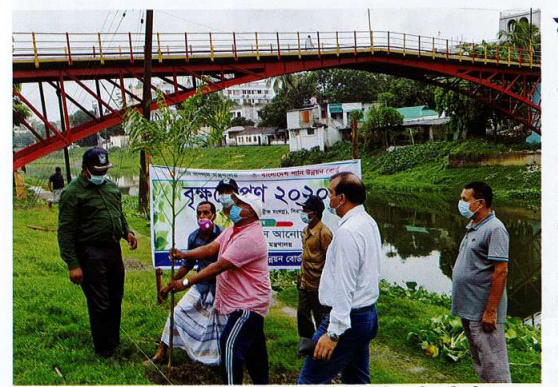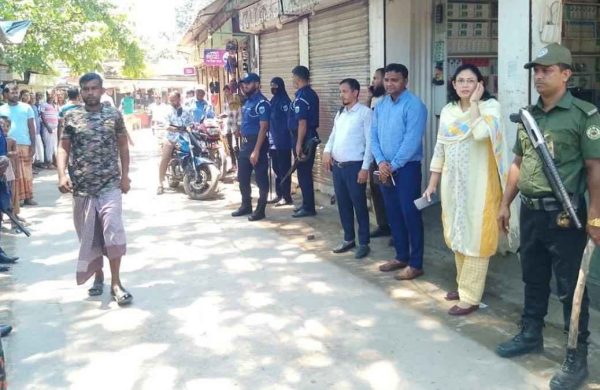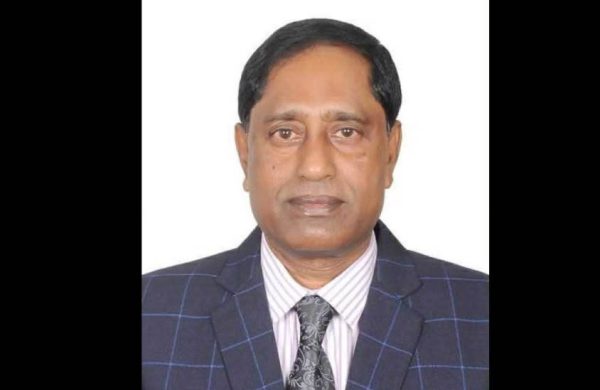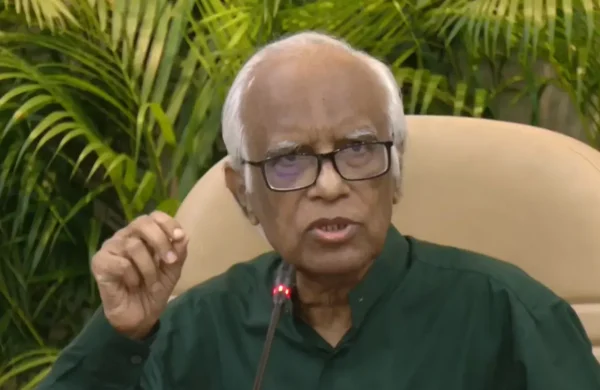Fixing capital crisis of local banking sector
- Update Time : Monday, September 1, 2025

TDS Desk:
The banking sector in Bangladesh faces a severe capital shortfall of Tk 1.71 lakh crore, or around $15.5 billion, as of late 2024, with the Capital to Risk Weighted Asset Ratio (CRAR) down to 3.08 percent, far below the regulatory requirement of 12.50 percent, including buffers.
The overall ratio has been dragged down by undercapitalised state-owned banks, posing risks to financial stability and weakening trust in local banks among foreign correspondents.
Key drivers of this shortfall include inadequate capital buffers, a high volume of classified loans, dividend policies, reliance on traditional instruments, and weak corporate governance.
The situation has been worsened by mounting non-performing loans (NPLs). Official figures put the NPL ratio at about 20 percent in December 2024, though the true level is likely higher when rescheduled and written-off loans are included. Political and board-level interference in lending decisions has allowed influential defaulters to escape accountability, eroding bank capital.
Unplanned expansion and lack of strategic focus have led to unhealthy competition, worsening asset quality. Heavy dependence on branch banking has pushed up costs and squeezed profitability. A further problem is the payment of dividends despite poor performance, aimed at keeping shareholders satisfied.
Bangladeshi banks have also done little to diversify their capital sources. Instruments such as plain vanilla subordinated bonds targeted at financial institutions are not enough to improve capital strength. The inability to issue market-based instruments reflects deeper investor mistrust of opaque balance sheets and poor governance.
Neighbouring countries offer useful contrasts. India, the Maldives and Malaysia show how strong regulation, effective implementation of Basel III standards and prudent capital management can underpin a stable banking system.
India maintains a capital adequacy ratio of about 15.5 percent, supported by close regulatory oversight, better risk practices and an active bond market. The State Bank of India has raised large sums through bond issuances and qualified institutional placements, while Bangladesh state-owned banks remain dependent on taxpayers for capital support.
The Maldives has one of the region’s strongest banking systems, with a CAR consistently above 20 percent, thanks to cautious lending and firm supervision. Malaysia has a CAR close to 17.8 percent and an NPL ratio of only 1.5 percent, underpinned by a developed bond market, both traditional and Islamic, as well as regular stress testing and ongoing reforms.
These examples show that rules alone are not enough. They must be enforced consistently. For Bangladesh, strong government commitment, improved supervision, better risk management and deeper capital markets will be vital to overcome the capital crunch.
Beyond capital adequacy, the sector faces a wider crisis of governance. Politically influenced lending, widespread defaults and weak oversight have driven up NPLs, undermined public trust and increased threats to financial stability.
The government has launched a series of reforms, including mergers, capital injections, recovery plans and risk-based supervision by the Bangladesh Bank, to restore confidence. But further steps are needed.
To strengthen capital adequacy, the Bangladesh Bank must tighten enforcement of Basel III standards and ensure all banks meet minimum CAR requirements. The Bangladesh Securities and Exchange Commission (BSEC) also has a critical role in improving transparency and widening access to capital markets. Streamlined regulations, along with more efficient bond issuances, repeat public offerings and rights issues, would help banks raise funds and uphold public credibility.
Improving governance is equally important. Stronger boards, better structures and advanced risk management, including AI-driven models, would allow banks to assess asset quality and risks more accurately, aligning with global best practice.




